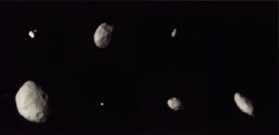This is a composite image of the small moons of Saturn.
Click on image for full size
NASA
The Composition of Small Moons
What can be seen of the small moons may suggest a rocky composition because the surfaces seem to be covered with craters as if it were very hard. Composition is generally determined by detailed measurements of the
spectra of an object. But most of the small moons are
too small to be observed, so observations of this kind have yet to be made.
The Voyager spacecraft flew by some of the small moons of the Saturnian system and measured the density. The density of iron or rock is between 3 and 5. The density of ice is 1. Voyager measured the densities to be about 1.2 (refer to the reference information for exact measurements of the icy moons), which is closer to that of ice than rock, so most of these moons must be made out of ice, just as the icy moons are.
The fact that they are small and icy suggests a certain path for their evolution.
You might also be interested in:
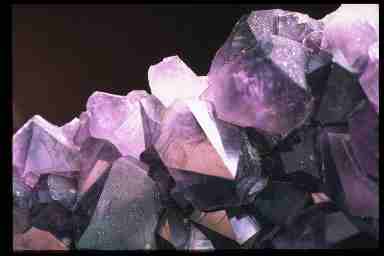
Minerals are the building blocks of rocks. They are non-living, solid, and, like all matter, are made of atoms of elements. There are many different types of minerals and each type is made of particular
...more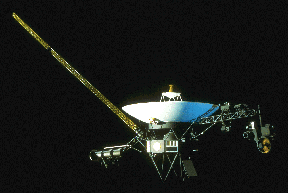
The rare arrangement of planets Jupiter, Saturn, Uranus, and Neptune in the 1980's made it possible for the Voyager spacecrafts to visit them over a 12 year span instead of the normal 30. They used gravity
...more
Amalthea was discovered by E Barnard in 1872. Of the 17 moons it is the 3rd closest to Jupiter, with a standoff distance of 181,300 km. Amalthea is about the size of a county or small state, and is just
...more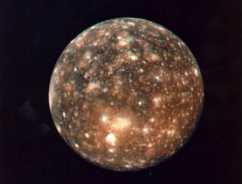
Callisto was first discovered by Galileo in 1610, making it one of the Galilean Satellites. Of the 60 moons it is the 8th closest to Jupiter, with a standoff distance of 1,070,000 km. It is the 2nd largest
...more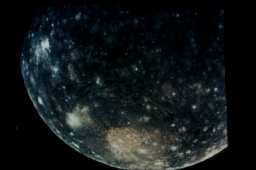
The insides of most of the moons and planets separated while they were forming out of the primitive solar nebula. Measurements by the Galileo spacecraft have been shown that Callisto is the same inside
...more
Many examples of the differing types of surface are shown in this image. In the foreground is a huge impact crater, which extends for almost an entire hemisphere on the surface. This crater may be compared
...more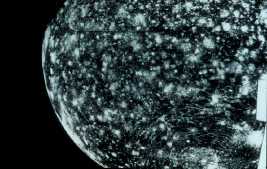
The surface of Callisto is deeply pockmarked with craters. It looks to be perhaps the most severely cratered body in the solar system. There are also very large craters to be found there. The severity
...more


